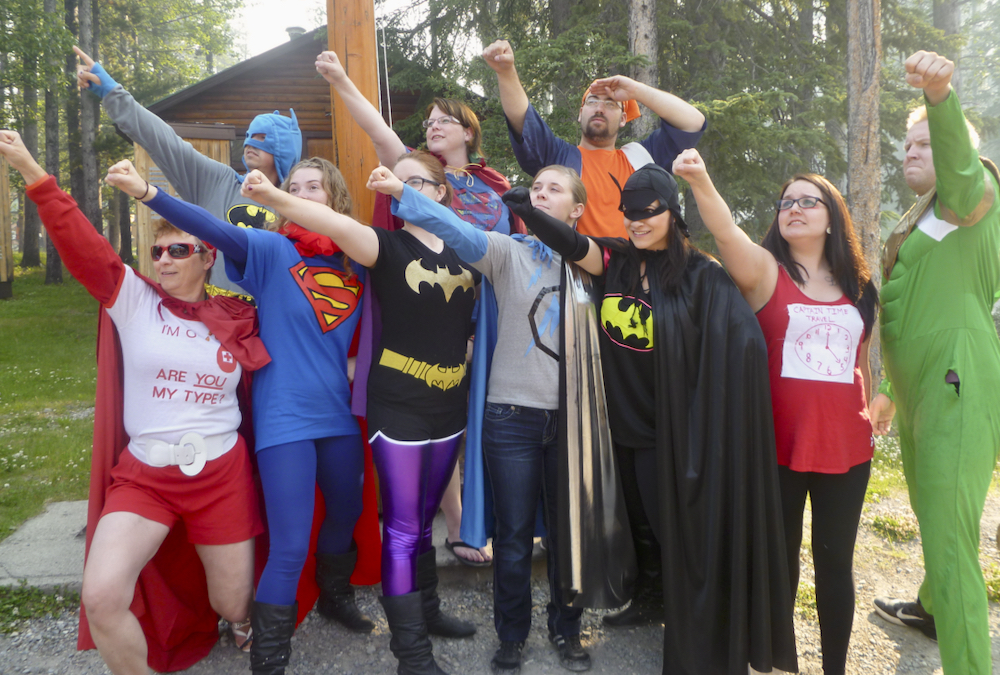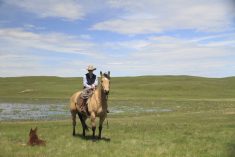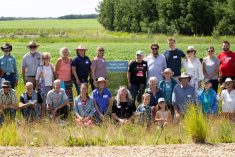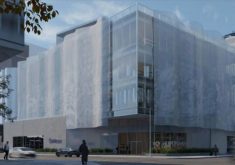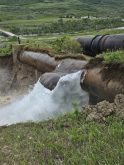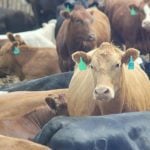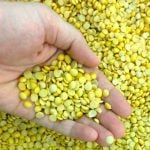A summer camp built for rural youth faces an uncertain future.
Goldeye Centre is much more than a building just outside of the west-central Alberta hamlet of Nordegg. It is a place many have called home throughout their summers over the past 65 years.
However, without more support , the camp may not be able to host anyone else or have another year of memories made around its campfires.
Read Also
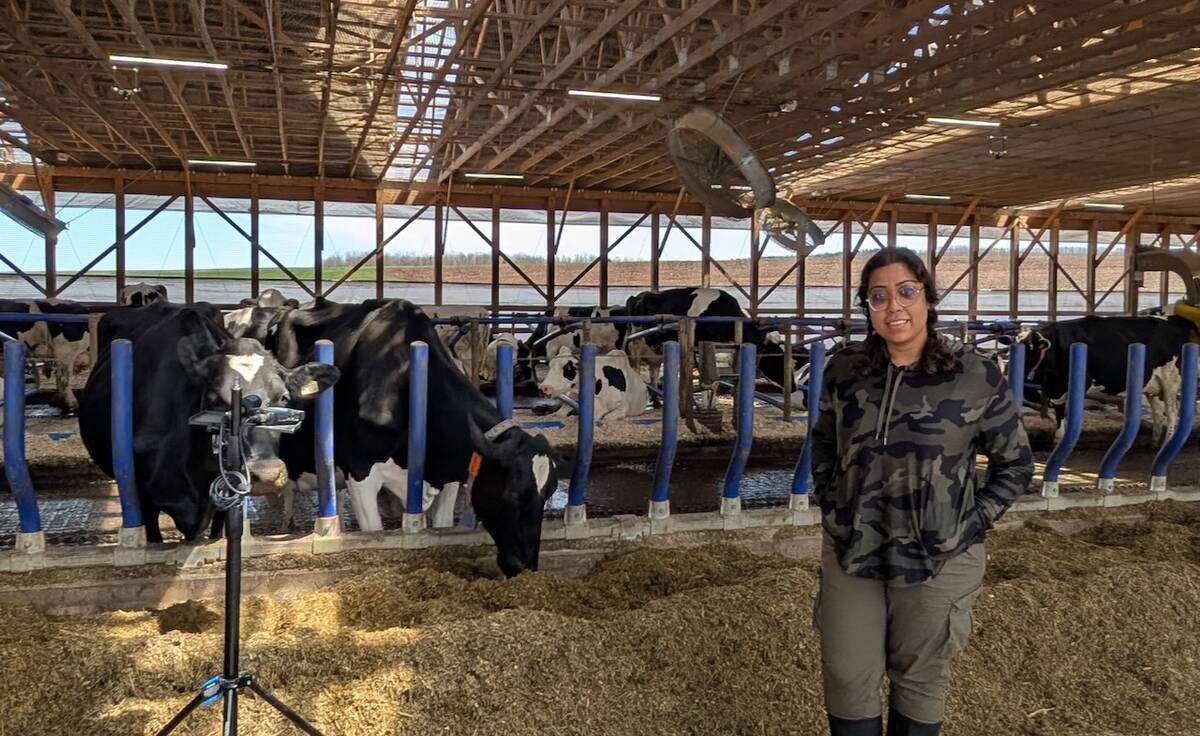
Moo translator and methane measures: There’s an app for that
Dalhousie University researchers use artificial intelligence to create new dairy farm apps that analyze cattle sounds and measure methane.
The Goldeye Centre was built in 1958 by the Junior Farmers Union as a space for youth to spend their summers making friends and learning life skills. What started as a few bunkhouses has grown over the years to accommodate the many groups that came through its doors.
The facility now has 24 hotel rooms, three cabins, seven bunk houses, a fourplex, a hostel, two dining halls, a commercial kitchen, meeting spaces and a seminar room with several other smaller spaces beside it.
“We used to boast that we were a hidden gem,” said Lanny Anderson, chief operating officer of Goldeye Centre. “I think in hindsight, we shouldn’t have been a hidden gem, because we’re in a time of need. Now we need to reach out to say we need help and those connections, those contacts, that awareness just isn’t there.”

Adults and youth from all over Alberta would come to Goldeye for summer camps, work retreats, quilting weekends and more. It was a place to escape, but recently the facility hasn’t been able to host people in the same way.
The two most important barriers were pandemic restrictions and required building maintenance that the group lacks the funds to perform.
The pandemic might have shut down camp operations, but it also revealed a nostalgic interest.
“We had a lot of people wandering around the province and stopping and some people who came to camp when they were kids in the ‘60s and the ‘70s, had no idea it [still] existed, [they] just came for a drive.”
The camp has had difficulty bouncing back after restrictions were lifted. It has been tough finding staff and the facility needs many updates to withstand the winter.
“Right now, you’re talking to 50 per cent of the staff,” said Anderson.
In 1983, the facility had sold close to 350 memberships, he said. Today that number is less than 20.
The diminishing number of participants isn’t surprising. It’s simple demographics in action.
“We’re starting to lose those people because they’re getting older,” said Colleen Zimmerman. She has been either a camper or volunteer for the past 45 years at Goldeye. However, as she looks to the future of the camp, she isn’t sure where the next generation of volunteers, staff and members will come from.
Despite worry for the future of Goldeye, both Anderson and Zimmerman are optimistic because of something they describe as the ‘Goldeye magic.’
“The stories that people tell about their experiences, they call it Goldeye magic,” said Anderson.
While neither of them believes there is a magical fix to the problems at the camp, the Goldeye magic is held in people’s memories and in sharing its stories.

With tears in her eyes, Zimmerman read a letter she wrote that calls for support.
“The most important thing I see at Goldeye is that it’s an investment, an investment in ourselves and our community, and our futures,” she wrote
The facility is looking for people to invest in its infrastructure, but more than that, it seeks people who want to invest in the next generation by helping repair and modernize the infrastructure – a generation that will learn and create memories in the same place many have done before them.
“We all know that good investments pay off in the long run,” read Zimmerman, “Yes, Goldeye is magic. And we all have to believe in magic.”
Anyone interested in supporting the organization can do so through the Goldeye Foundation at goldeye.org/goldeye-foundation.

